Hose Fittings Information
Hoses vs. Tubes and Pipes
To begin, it may be important to distinguish some terminology. In industry, “tube” and “pipe” are nearly interchangeable terms describing rigid hollow cylinders composed primarily of one solid material throughout. “Hose” however, is typically more flexible and portable than piping or tubing, and is made up of multiple layers of different materials depending on the application and transported media.
In addition, the ends of a hose length typically have integral (attached, mostly permanent) connectors and fitting ends. Tubing and piping typically have separate fittings which are applied at the time of use or construction.
Applications
Fitting construction and material specifications are application-dependent; consulting the fitting supplier is typically a wise route for optimizing component selection. In general, however, hose fittings correspond to either hydraulic or pneumatic systems. Defining this system is the first step to determining the appropriate fittings for the application.
Hydraulic applications involve the transfer of liquid fluids such as water and other chemical solvents. Hydraulic fittings must have seals which prevent the leakage of liquid and often must be resistant to rust or other types of chemical corrosion.
Pneumatic applications involve the transfer of gases. Pneumatic fittings must have very tight seals to prevent gas leakage and must be resistant to chemical corrosion.
Types of Fittings
Hose fittings are distinguished based on their connection type and function it performs.
Connection
Fittings are attached to tubes via a number of different connection methods, each with its own conveniences and advantages.
Ball and sleeve fittings connect an outer sleeve to an inner (ball) fitting. The sleeve retracts to connect and disconnect the two ends of the fitting. Some ball and sleeve fittings function as push-to-connect fittings which are convenient for applications requiring frequent disconnection and reconnection of the hose section.
Barbed fittings connect hoses via a barbed tube with a tapered stub and ridges inserted into the hose. They are best suited for low pressure applications, since they do not provide a strong seal.
Cam-lock fittings are connected using tabs which fold down after insertion into the receiver to lock the fitting in place. They are used in many heavy-duty hose applications such as fire hose and sludge/sewage pumping.

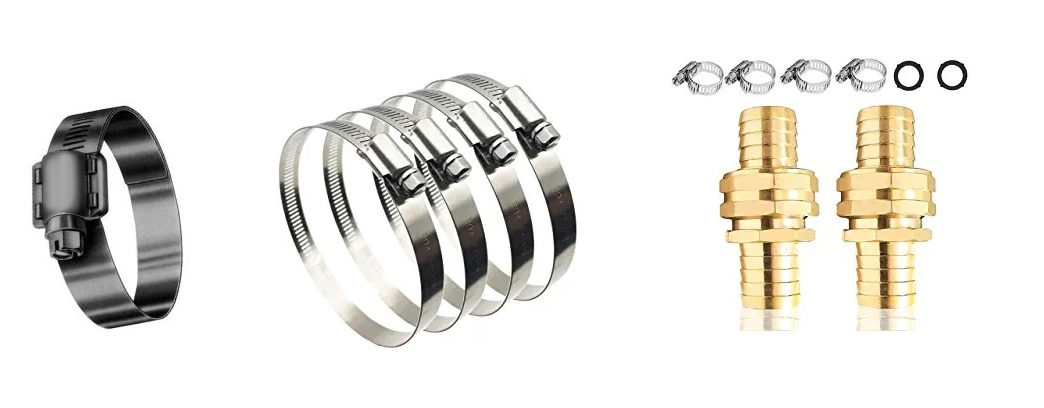

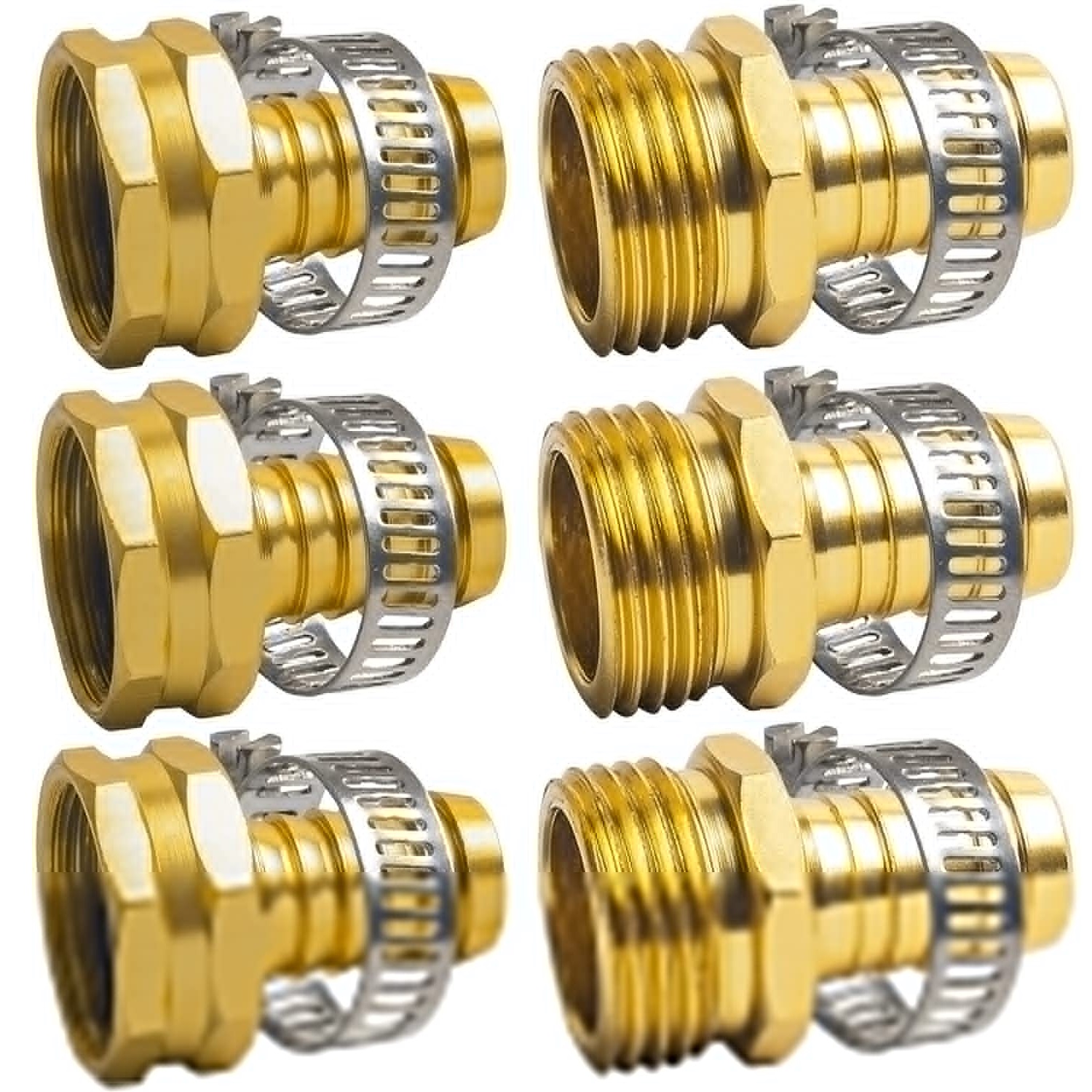

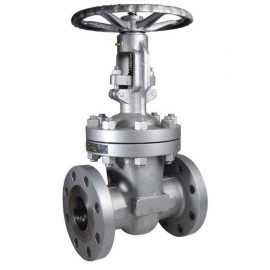
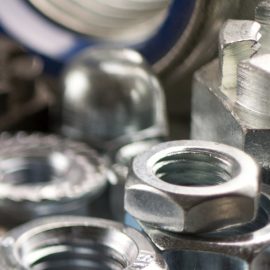
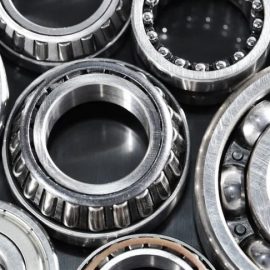
Reviews
There are no reviews yet.